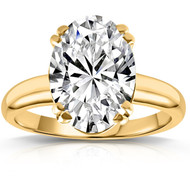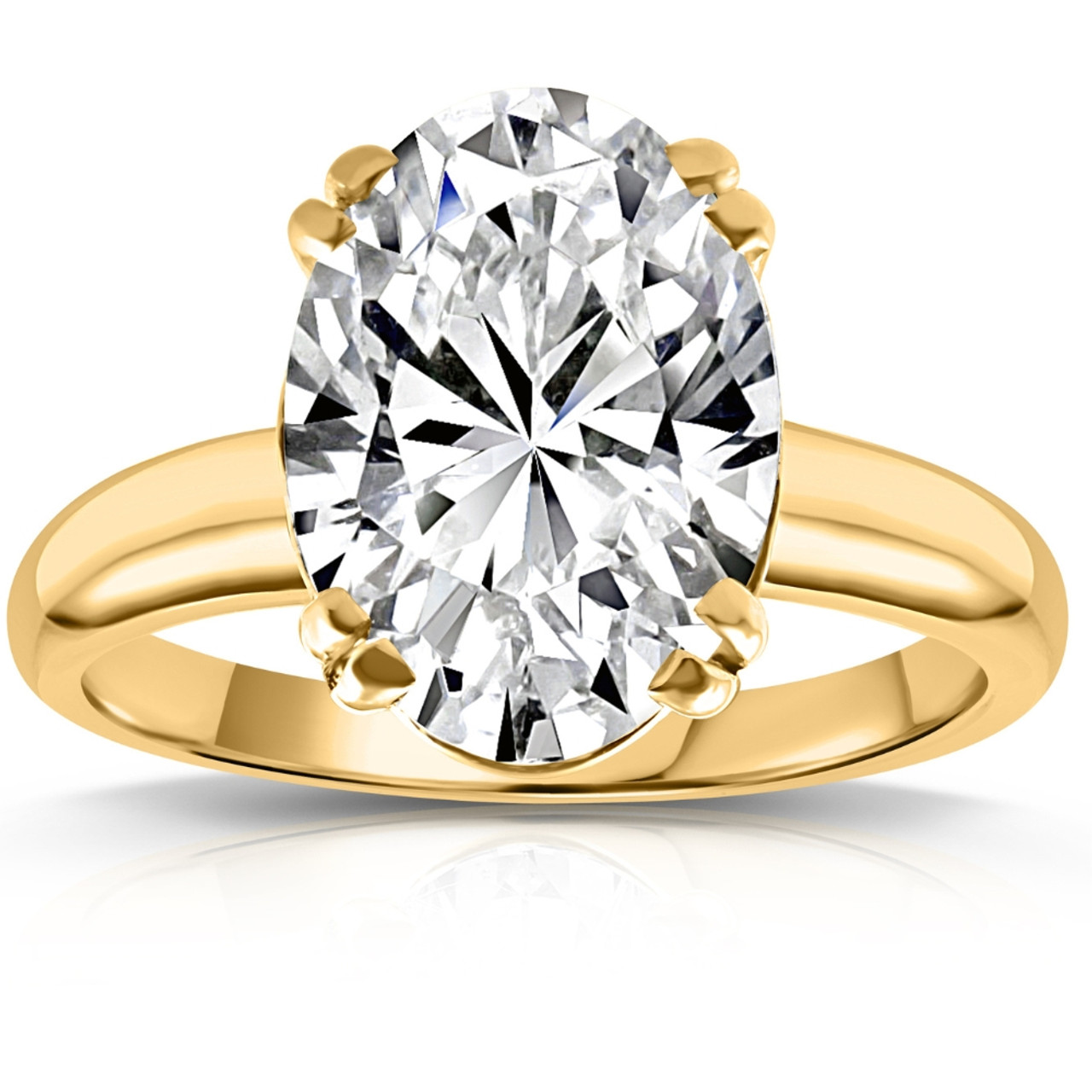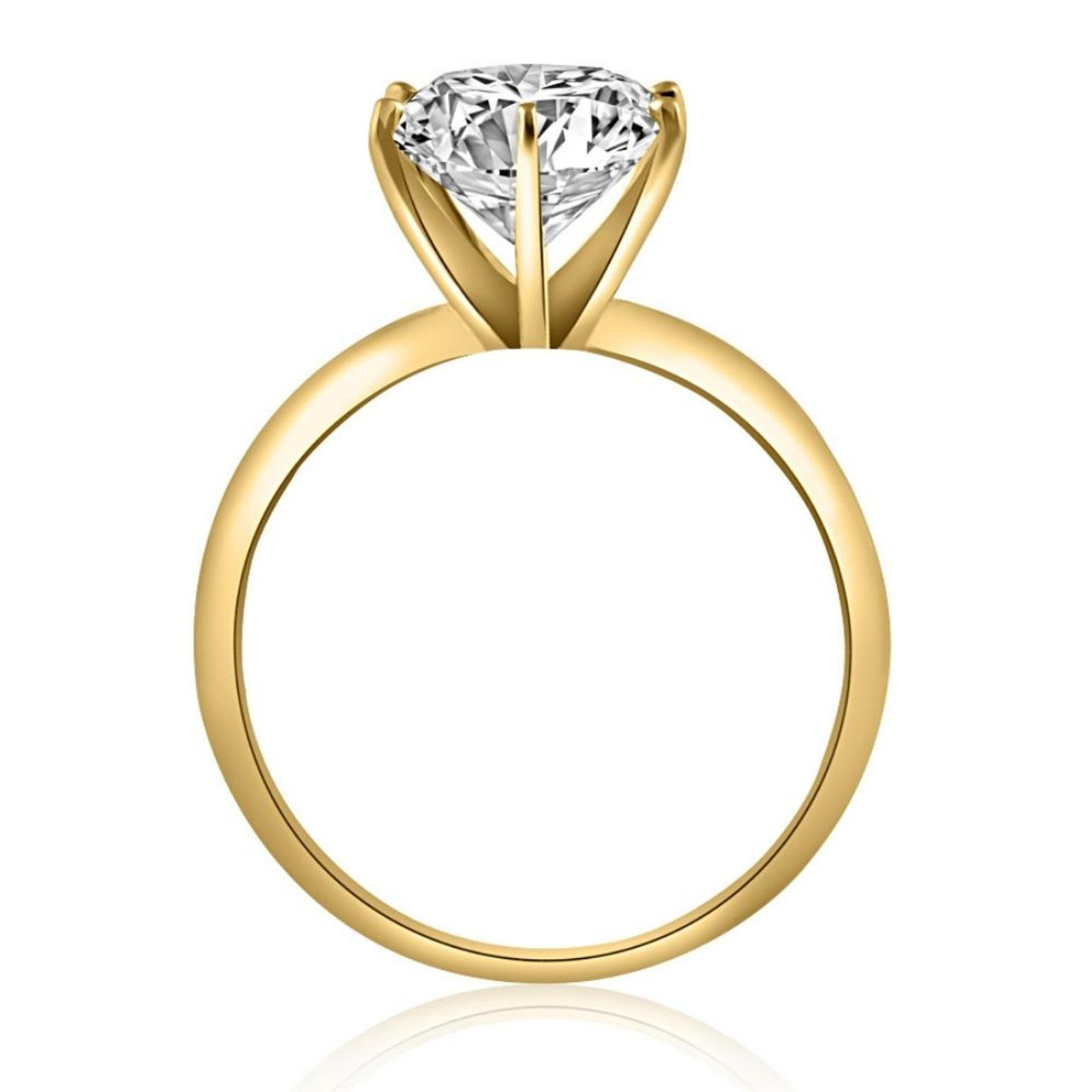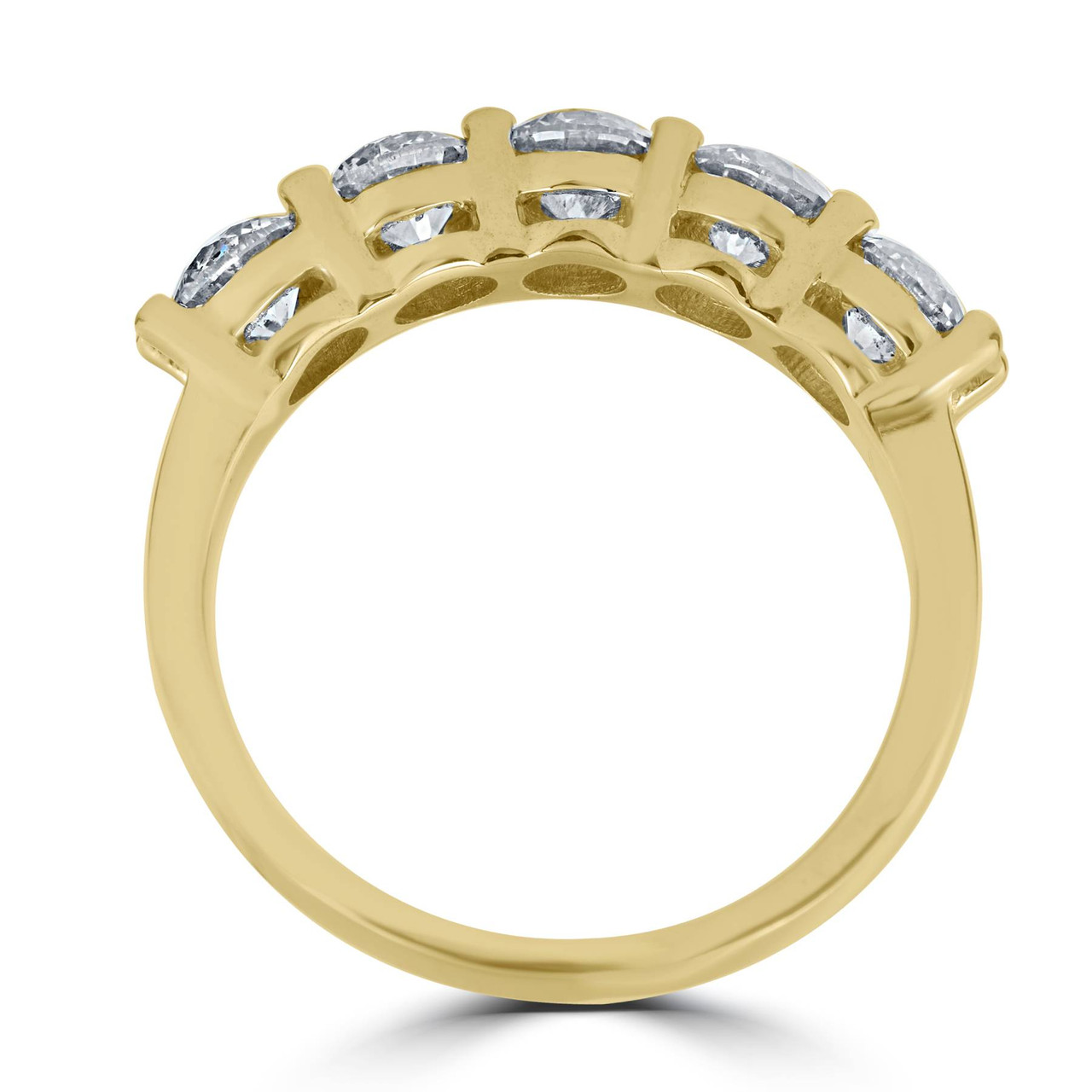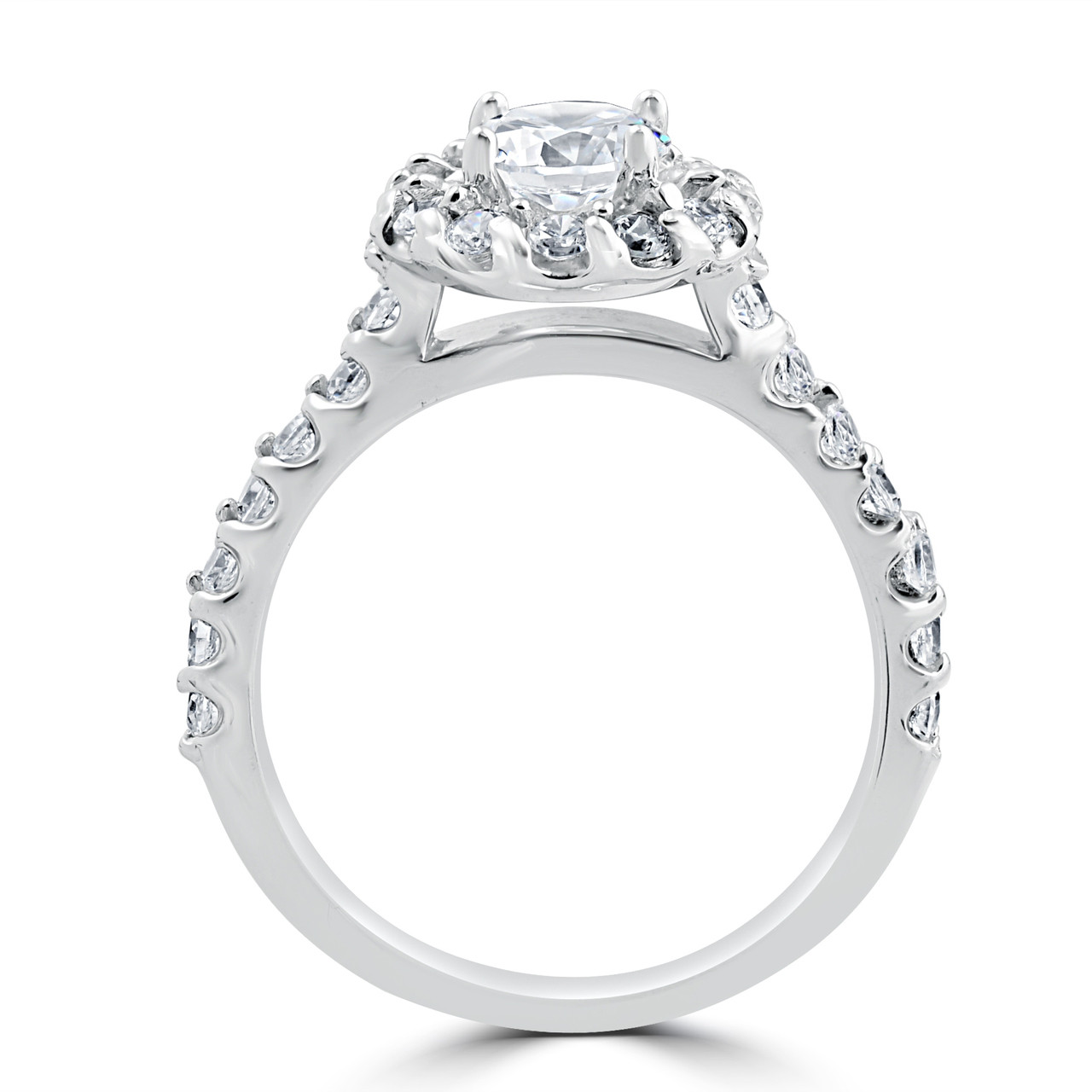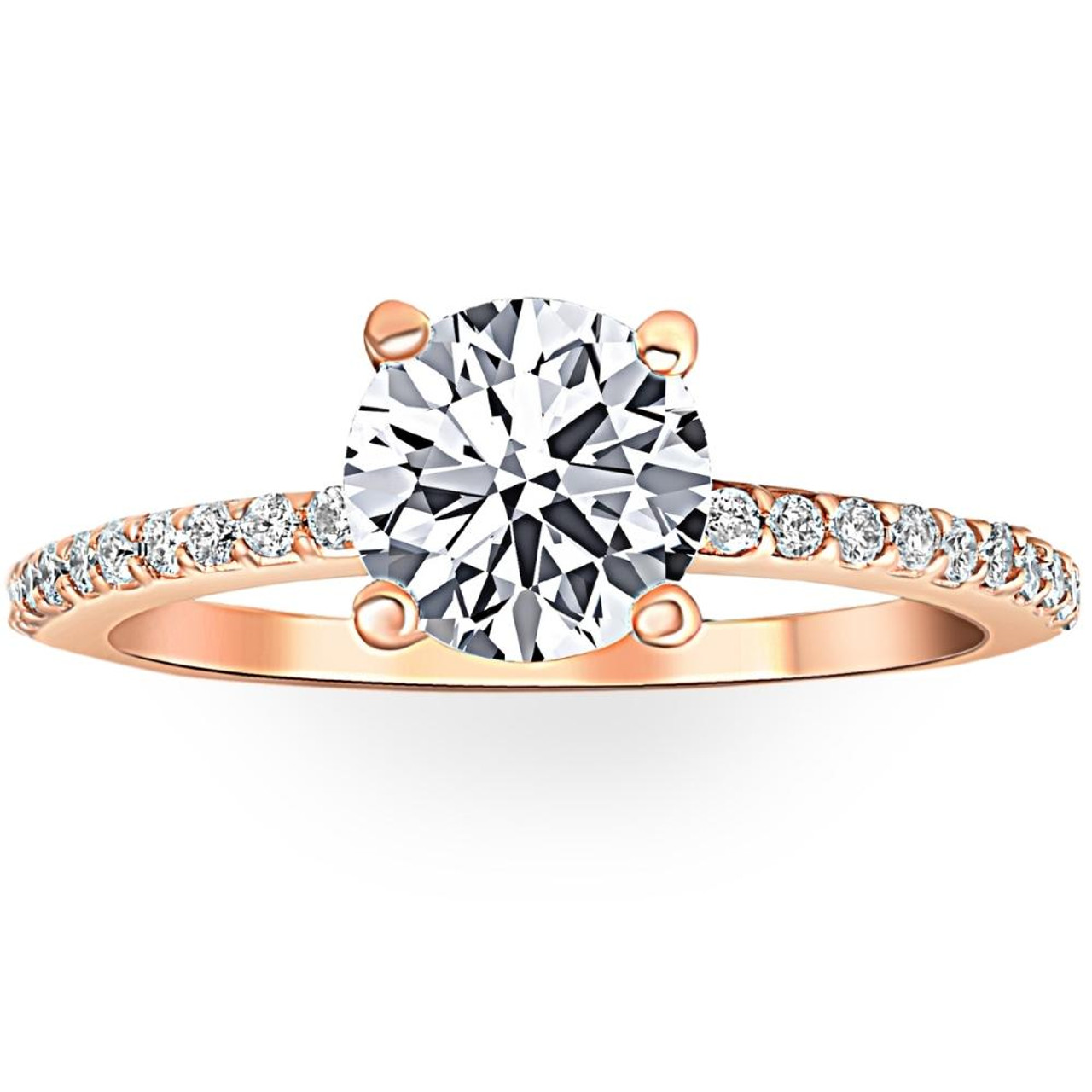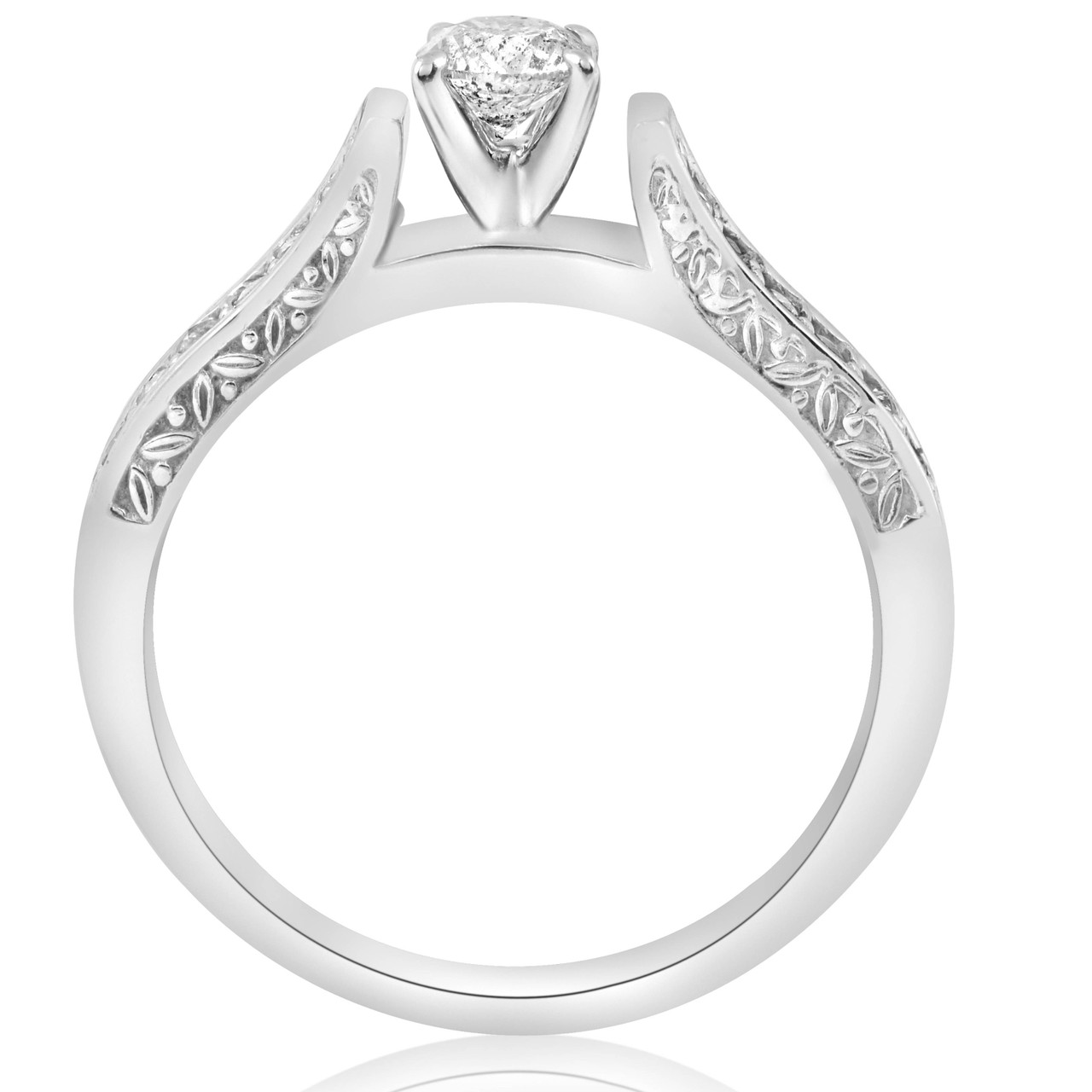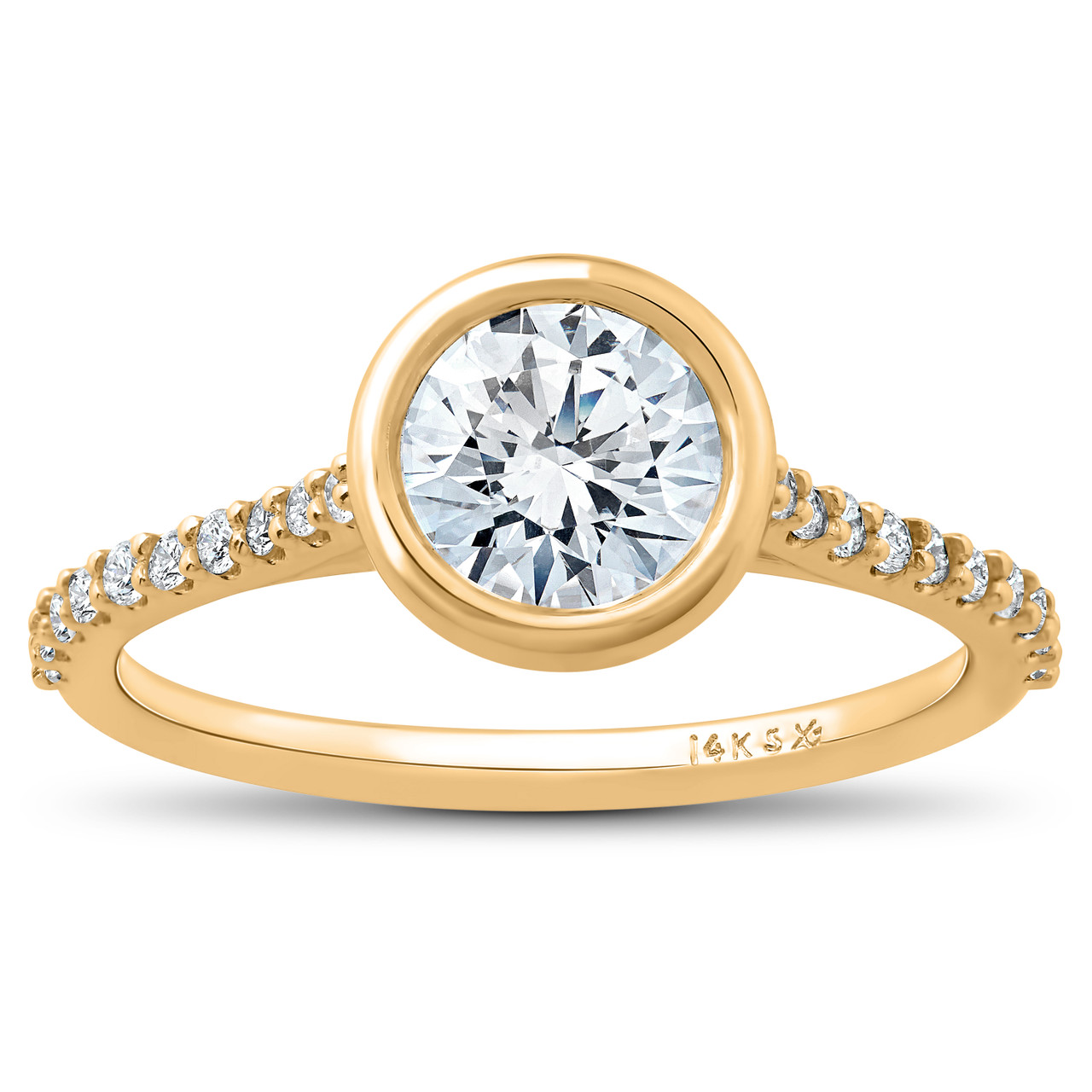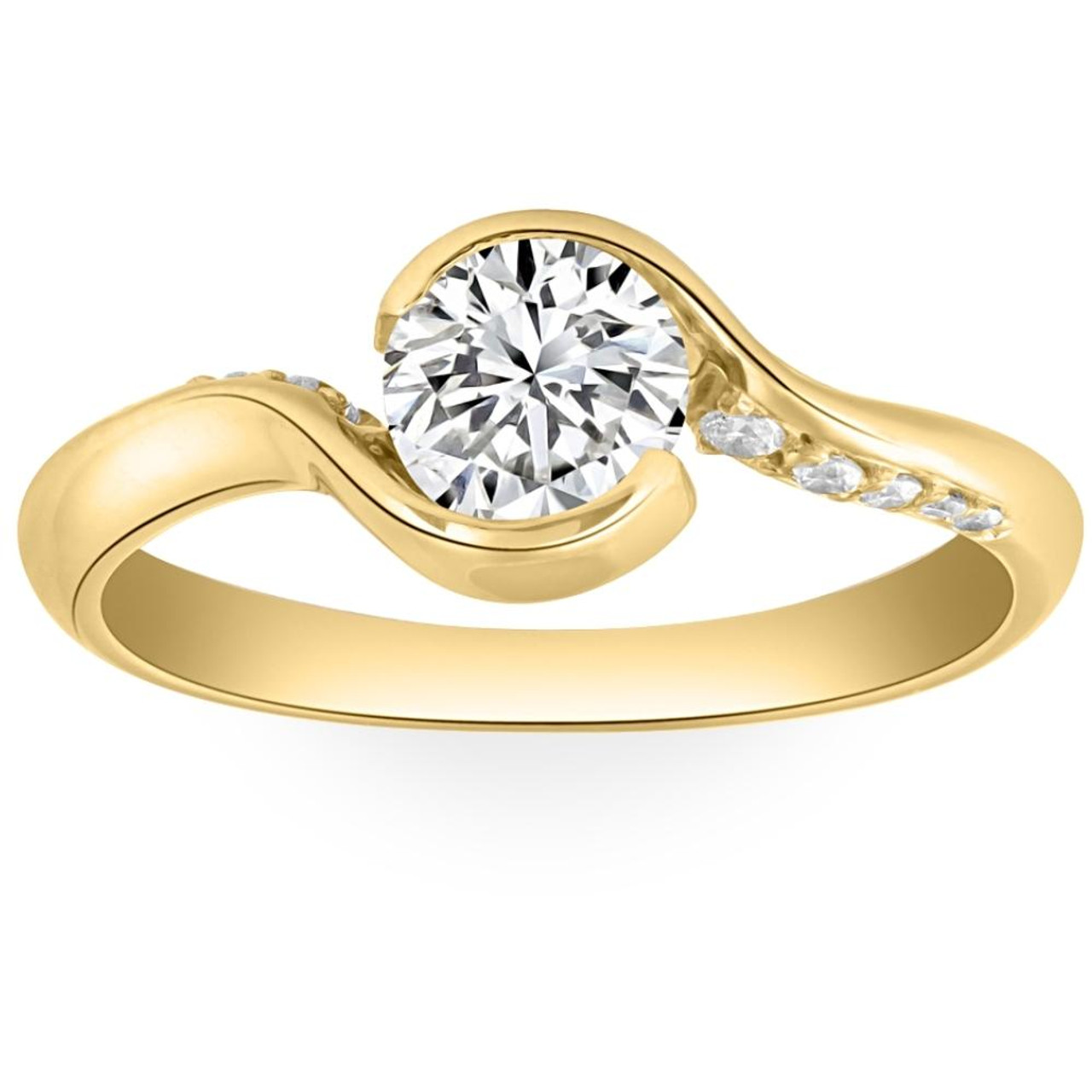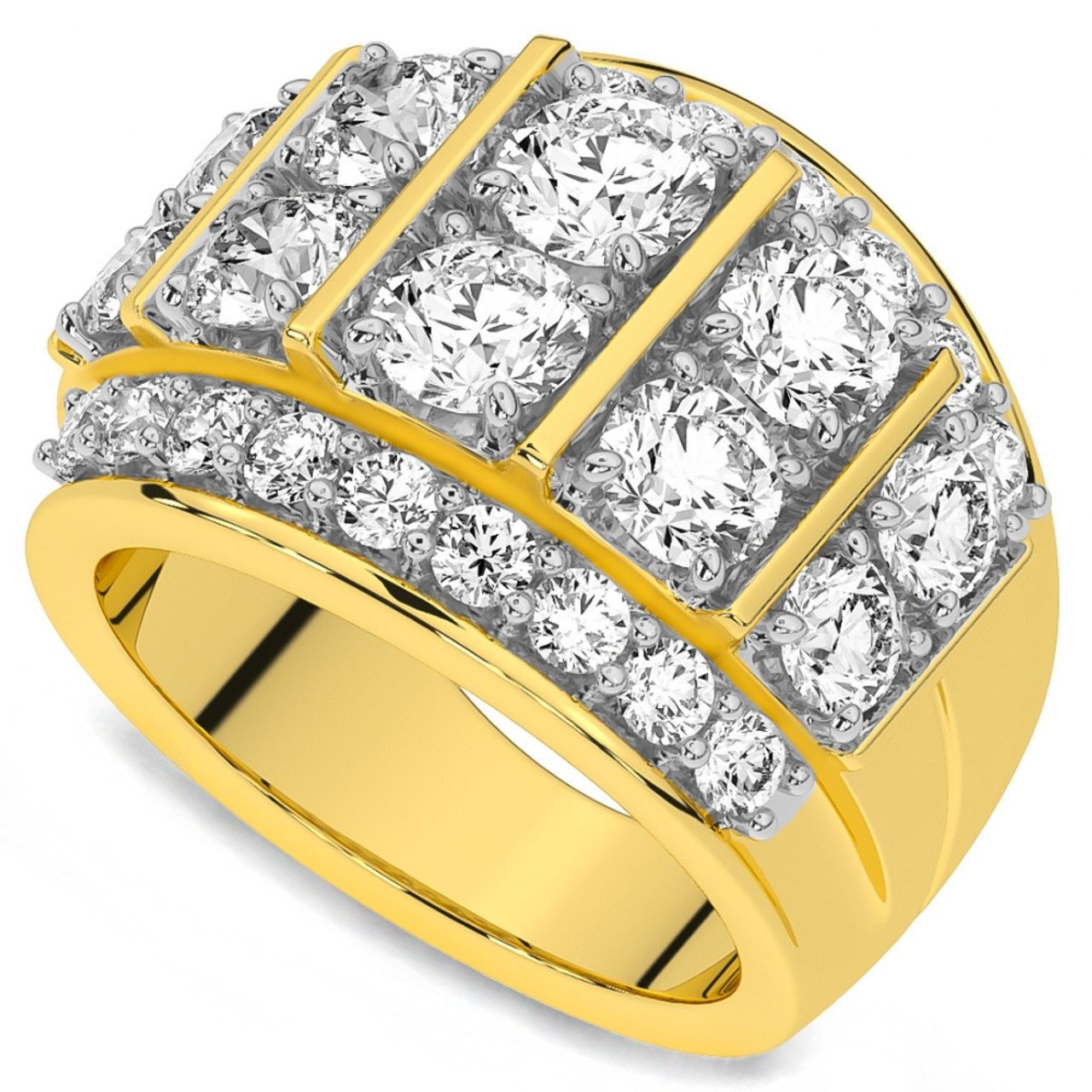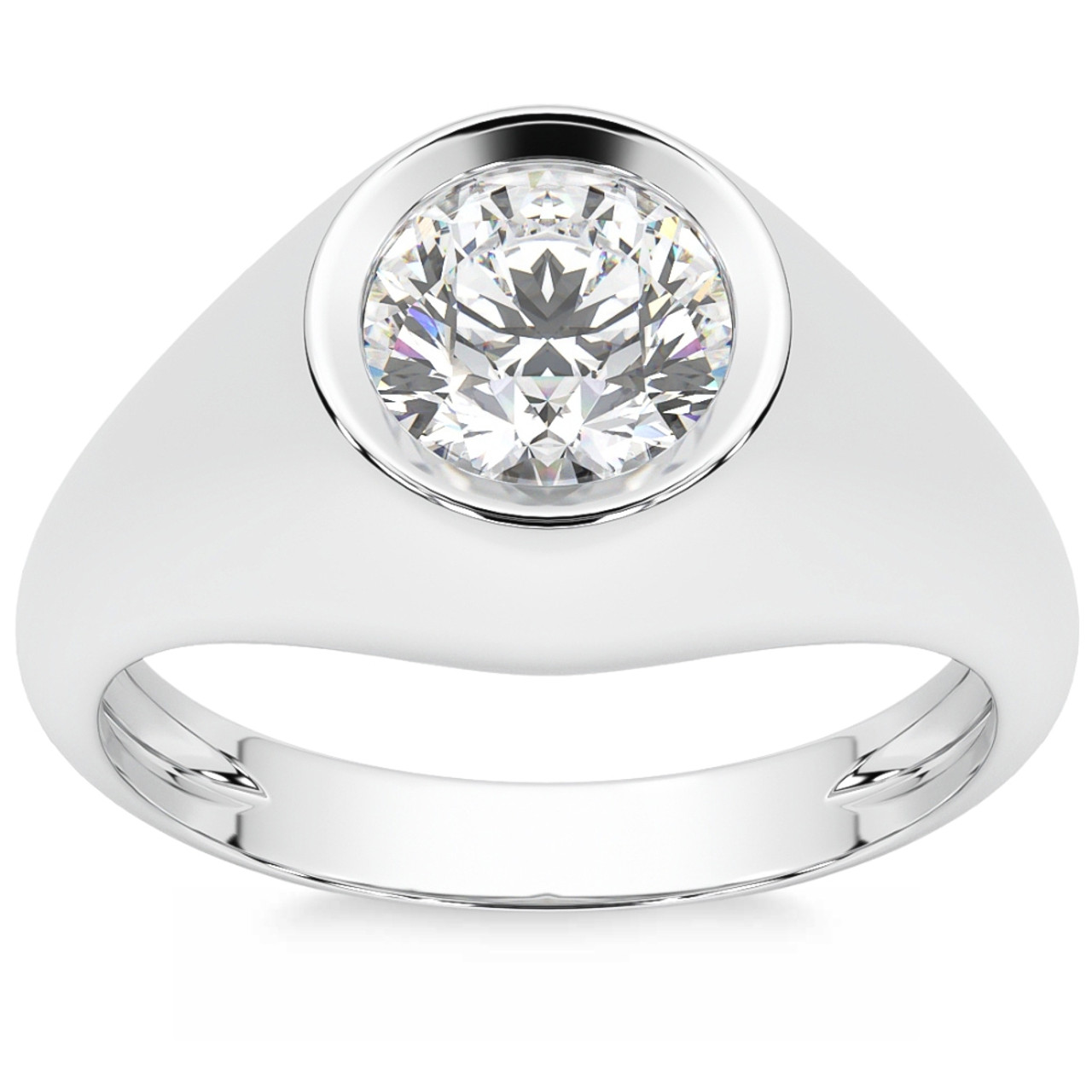Ring Setting Types: Your Ultimate Guide For Engagement Ring Settings
Apr 22, 2024
Whether you’re just starting the search for the perfect ring or you’ve had your eye on one for a while, understanding ring setting types is crucial for the overall aesthetic and structural integrity of the design. Let’s take a look at some of the most popular types of engagement ring settings and compare basket settings vs. prong settings vs. halo settings — and so many more!
What Is A Setting?
The setting for a ring is what holds the stones in place. In the context of this blog, we’ll mainly be talking about the setting for the central stone of your engagement ring. Ring setting types have different aesthetics, but they also protect and secure your center stone in different ways.
Choosing the right ring setting can depend on your design preference, the size of the stone you choose, and the intensity of your daily activities. You want your stone to be as secure as possible to avoid the risk of losing it!
The Most Common Ring Setting Types
There are tons of settings out there that each serve a different purpose, but here are the most common styles you can expect to see in our store.
1.Prong Setting
This setting style is typically used for single-stone rings, like solitaire engagement rings. It features either four or six prongs to hold the stone in place. People like this setting type because it secures the stone in multiple spots in case one prong comes loose, and its barely-there design allows the center stone to shine.
There are some variations available in the prong setting, including claw prongs, flat prongs, and v-shaped prongs, that change the look of the final design.
2.Basket Setting
This ring setting type is actually very similar to the prong setting. The main difference between basket settings vs. prong settings is that the basket setting augments the vertical prongs that rise up from the base with additional horizontal bands at the halfway point around the prongs.
With the added horizontal band, you create a basket for the stone to sit in, making it a more secure design. The final difference between the basket setting vs. prong setting is that a basket style positions the gemstone closer to your finger. Since it’s not extending as high up, you’re minimizing the risk of chips or scratches on your stone.
3.Halo Setting
Designed to make your ring look bigger and more spectacular, the halo ring setting type surrounds your center stone with a halo of smaller stones. It’s a very popular choice among people who want a bigger ring without spending extra on that center stone. In this type of ring, the center setting is typically a prong design with each of the smaller halo stones in a pavé setting.
You can find halo rings in a variety of styles, including the traditional halo, as well as hidden halos, double halos, and halos with stones in different shapes.
4.Pavé Setting
Typically, the pavé setting is used for accent stones along the band or around the halo. For this ring setting type, the stones fit into tiny holes that have been drilled into the surface of the metal. The jeweler then raises the metal around the stones into beads that secure the gemstones in place.
Because the stones in a pavé setting aren’t raised, they are a subtle way to add shine and sparkle without distracting from the center stone. They also lend a delicate, ethereal look to rings with side stones.
5.Cathedral Setting
If you’re looking for something more dramatic and sophisticated, the Cathedral ring setting type might be for you. With sweeping arcs that come out from the shank to frame the center stone, these designs are a little more intentional and architectural.
Cathedral settings make it easier to stack your engagement ring and wedding band in a clean, sleek style. However, there is a downside to the Cathedral setting, as it elevates your center stone away from your finger, which may result in your ring snagging on clothing or hitting surfaces.
6.Bezel Setting
As one of the more unique ring setting types, people choose the bezel setting for a vintage or masculine look. The bezel setting completely surrounds the perimeter of your stone with a metal rim. It’s an incredibly secure setting that minimizes snags and chips.
Bezel settings are the ideal choice if you’re choosing an alternative gemstone that isn’t as hard as a diamond or moissanite stone. While ruby and emerald have a high hardness on the Mohs scale, stones like amethyst, pearl, and amber are much softer and require additional support.
7.Tension Setting
The tension ring setting is an asymmetrical design that results in a completely unique look. It uses compression and pressure along the shank to hold the stone in place, making the stone look like it’s floating. However, this setting can only be used with harder gemstones, like diamonds, moissanite, and sapphires, because it puts so much strain on the center gem.
8.Bar Setting
So far, we’ve mainly talked about ring setting types for women’s rings, but there are popular styles in men’s wedding bands as well! One of the most common ring setting styles for a man’s wedding band that has gemstones is the bar setting. It features vertical bars of metal between the stones that hold them in place. With this setting style, you get a smooth surface that won’t catch on anything, as well as a contemporary aesthetic for modern lovers.
9.Gypsy Setting
Another ring setting type that’s common in men’s bands that feature gemstones is the gypsy setting. It’s a simple design that ensures the gemstone doesn’t protrude. In the gypsy setting, the stone sits in a hole in the metal completely flush to the surface. The metal is then pressed and hammered into place around the stone for a secure fit.
Make Your Choice
Now that you know a bit about the most popular ring setting types, you can start exploring your options. Review some of the pros and cons of basket setting vs. prong setting vs. bezel setting to decide which is best for you!
 -
-  -
- 
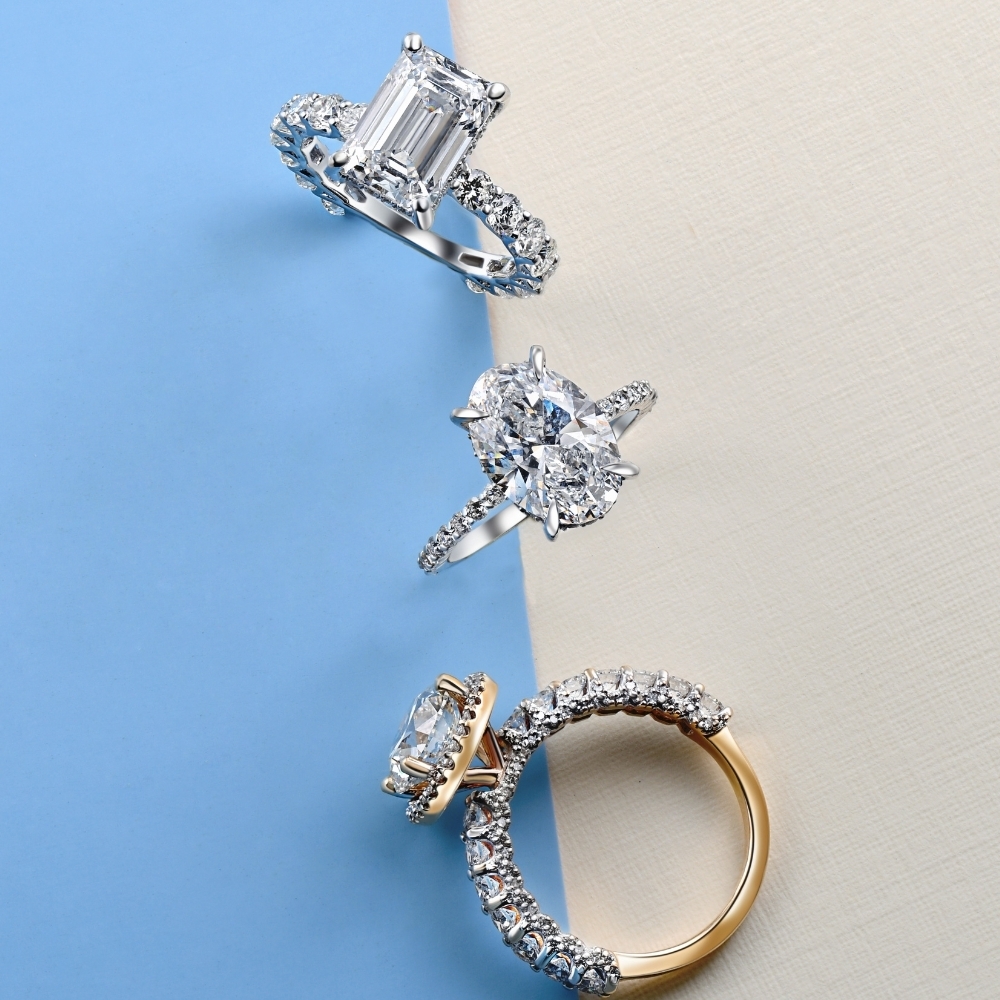 Engagement Rings
Engagement Rings
 Tungsten
Tungsten Wedding Rings
Wedding Rings
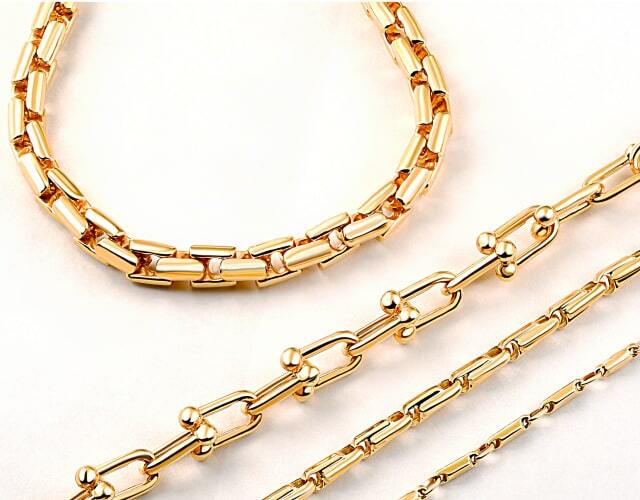 Fine Jewelry
Fine Jewelry
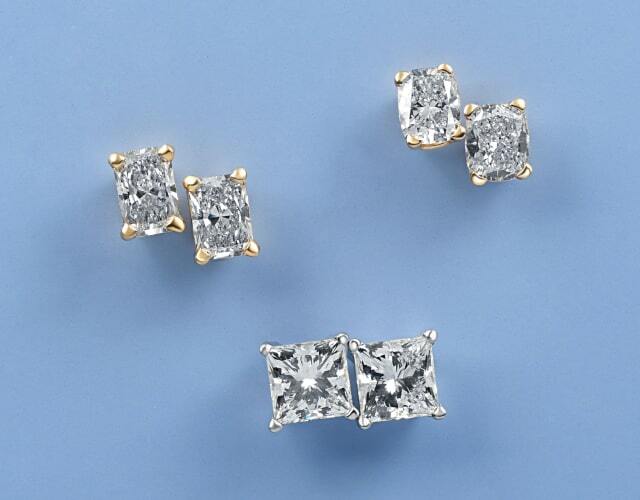 Diamond Studs
Diamond Studs
 Up To 80% Off
Up To 80% Off
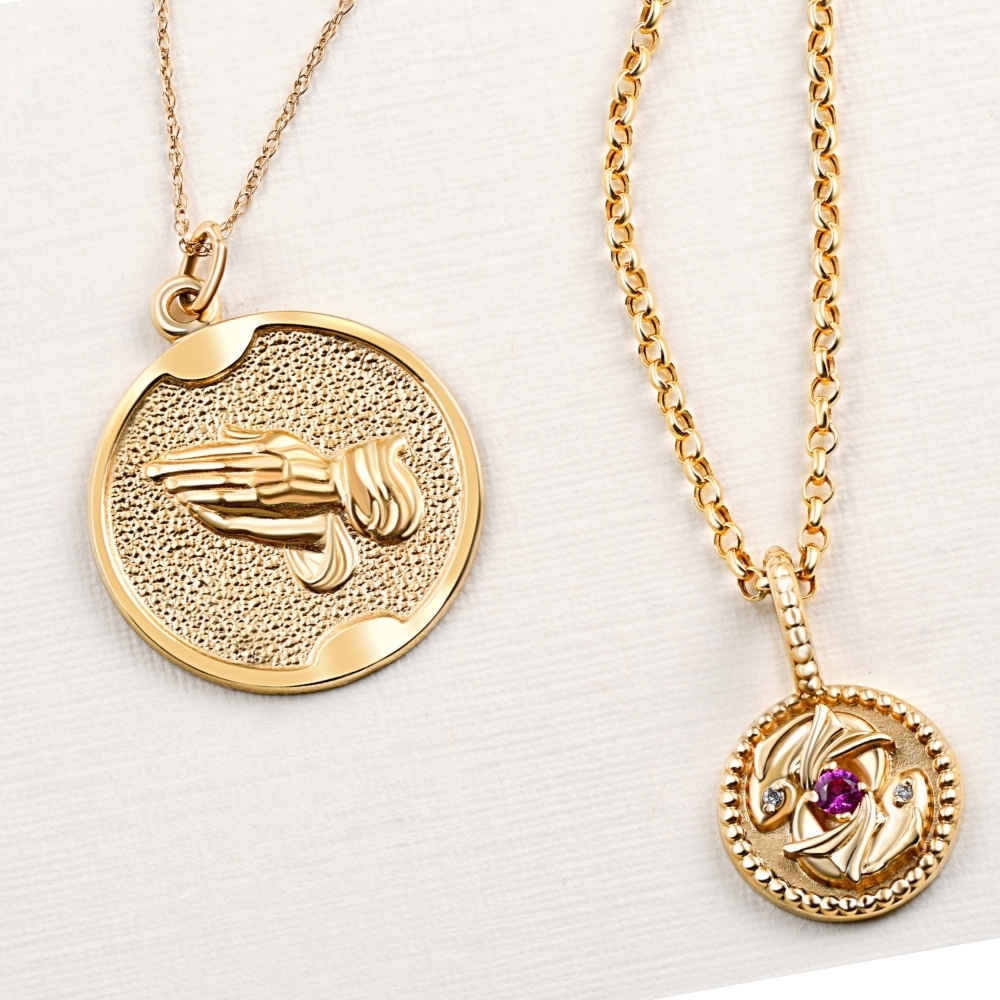 Find The Perfect Gift
Find The Perfect Gift
 White Gold
White Gold